Royal Ontario Museum Blog
Monthly Archive: December
Franklin Found! Clues in an Arctic Mystery
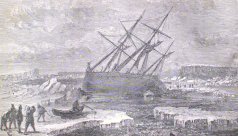
The recent discovery of one of the Franklin expedition’s lost ships has provided new evidence in a mysterious chapter in early Arctic exploration.

Are you Afraid FOR Bats This Halloween?
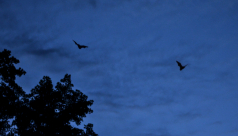
I love bats. There’s just something about them that gives me that warm fuzzy feeling inside everytime I see one. Now I know what you (and to be honest, a lot of people I know) are thinking - how can she like such a creepy little mammal like a bat? Don’t they suck your blood/get caught in your hair/give you the heebie jeebies? First of all, the answer to those questions is no.
Blue Whale Update: Where is it Now?
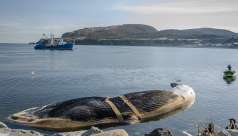
Guest Blog Posting by Environmental Visual Communication (EVC) student, Nila Sivatheesan
Walking a half-Marathon as the Herculaneum soldier
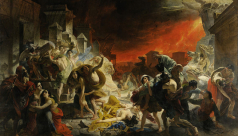
Probably on October 24th in 79 AD a large group of people congregated on the beach at the seaside town of Herculaneum, in Italy. They were presumably trying to take ship to gain distance from Mount Vesuvius, which had been raining ash and rocks on the city, and the neighbouring town of Pompeii, all day. But suddenly, a massive cloud of red-hot ash swept down from the volcano directly towards Herculaneum. Studies of the skeletons on the beach show that they were mostly males, with women and children huddling in boathouses by the shore. One man in particular was a soldier.
Visiting a Family Heirloom

The dagger was a wedding gift in recognition of the military traditions within the family of the donor, who then gave it to the museum in order to preserve this special object for future generations. In October 2010, his daughter contacted the museum about seeing this family heirloom and then returned with the next generation of family members in tow to revisit this meaningful piece. Because of her efforts, the museum now has a fuller history of her family’s connection to this artefact, which is now part of its permanent record. Written by Deepali Dewan
Weapon Wednesday: Chakram from India
Written by Aruna Panday, Ph.D Candidate in the Department of Anthropology at York University, Friends of South Asia co-Chair, and Summer 2014 ROM curatorial intern.
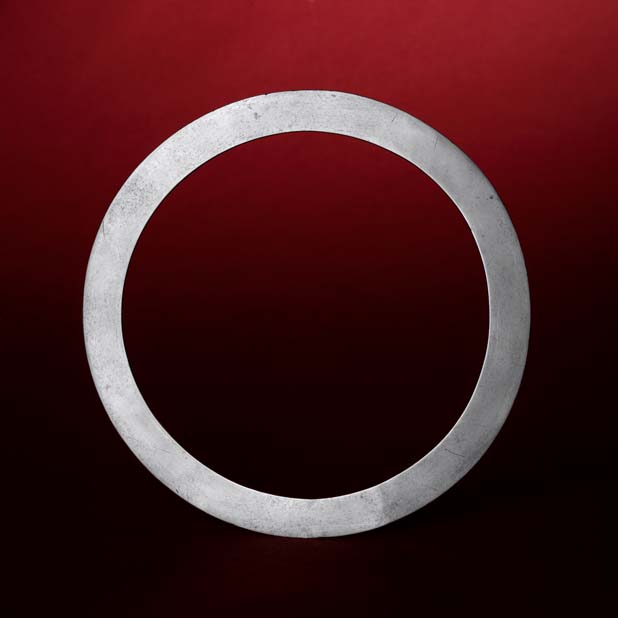
Chakram or battle-quoit, made of wrought steel, India, 19th century, ROM 910.42.52
Goddess Exposed: the ROM’s ‘Minoan’ Goddess is on display!
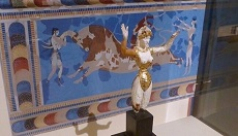
She’s been languishing in the Greek & Roman storerooms for years, but finally the ROM Minoan Goddess is back on display.
The Monastery of St Moses, Syria: The Buildings
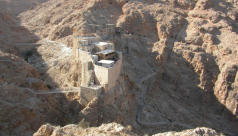
The monastery of Deir Mar Musa in its heyday included hermitages spread around the landscape, but as today, the focus of the complex would have been the buildings, especially the chapel, home to the important frescos. The archaeology of standing buildings requires looking at walls to see how they are made, and how they relate to each other. One structure may clearly be seen as one that came first, with later structures abutting on to it. Different phases may be made of different materials, or the same material worked in a different way.
Empty Skies: Behind-the-Scenes - Recreating Passenger Pigeon Habitat
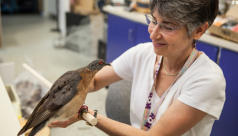
Come behind-the-scenes with environmental visual communication students/guest bloggers Justine DiCesare and Vincent Luk to take a look using photos and video to see how the flowers and scenery were created for the new exhibit: Empty Skies: The Passenger Pigeon Legacy.

